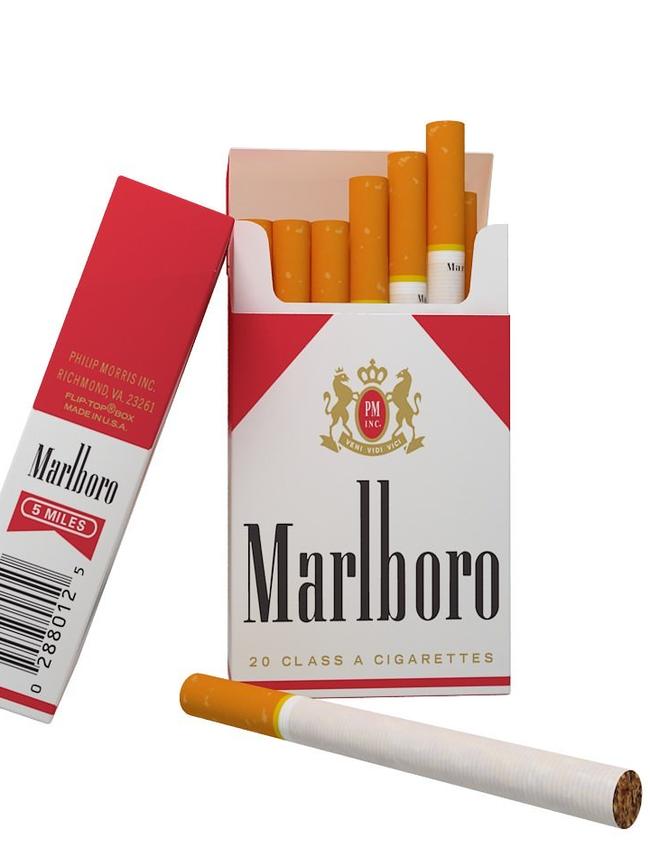US Food and Drug Administration force tobacco firms to slash cigarette nicotine
The drive to reduce the number of smokers in the US and save lives is likely to be opposed by the industry.

Tobacco companies will be forced to lower the nicotine content of cigarettes to make them less addictive as part of a drive to lower the number of smokers in the US.
A proposal to establish “a maximum nicotine level in cigarettes” would help to stop teenagers from becoming addicted and make it easier for long-term smokers to quit, the White House Budget Office said yesterday (Wednesday).
The Food and Drug Administration predicted the move could lead to eight million fewer deaths from tobacco-related illnesses by the end of the century.
Nicotine is a chemical compound found in tobacco plants. Though it does not cause serious health defects it is highly addictive, activating receptors in the brain that release the feelgood chemical dopamine and causing smokers to crave more of it.
A review of nicotine content showed an average, by weight, of about 10.2mg of nicotine in American cigarettes, and about 12.5mg in British ones.

“Making cigarettes and other combusted tobacco products minimally addictive or non-addictive would help save lives,” Robert Califf, the FDA commissioner, said.
The plan was welcomed by tobacco control groups but is likely to be opposed by the industry. Altria, which makes Marlboro, said it believed that “the focus should be less on taking products away from adult smokers and more on providing them a robust marketplace of reduced harm FDA-authorised smoke-free products”.
A study published in 2018 found that smokers randomly assigned a low nicotine cigarette smoked less and showed fewer signs of dependency.
It said 12.5 per cent of Americans were smokers. The figure in Britain was 14.5 per cent in 2020.
The Times



To join the conversation, please log in. Don't have an account? Register
Join the conversation, you are commenting as Logout